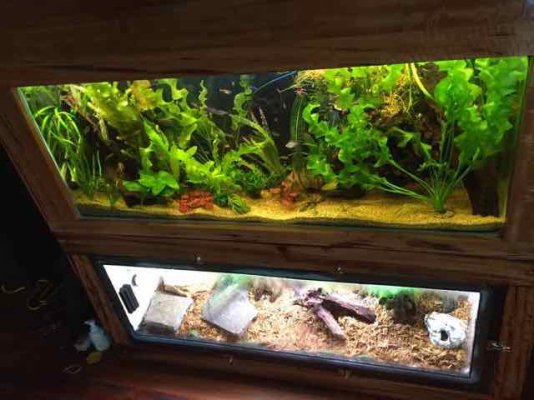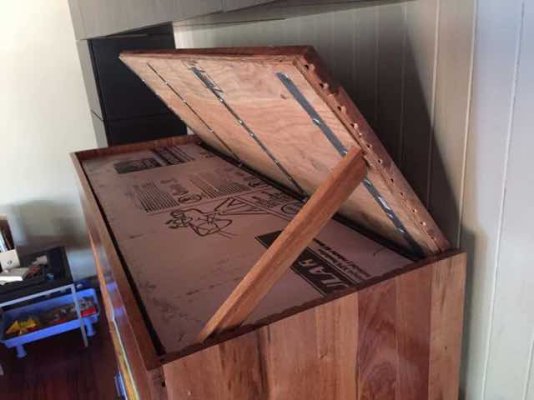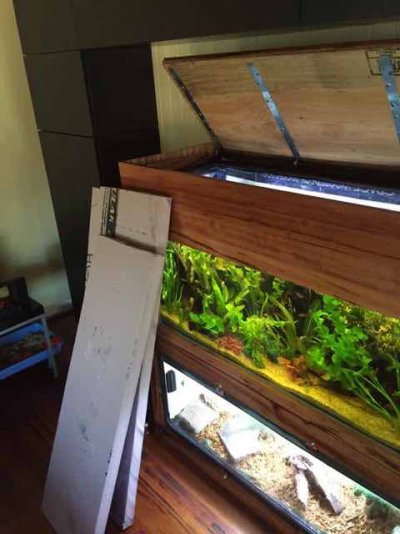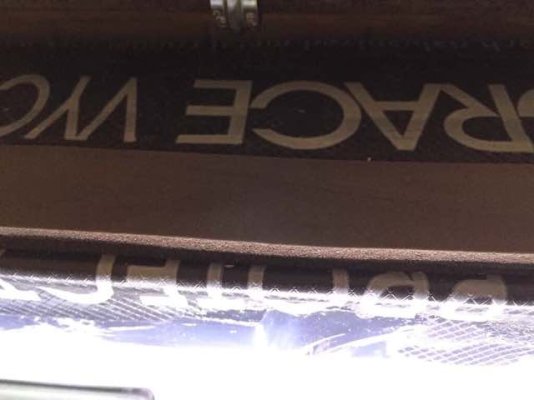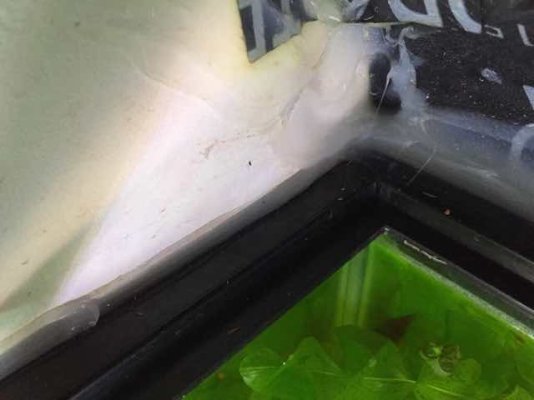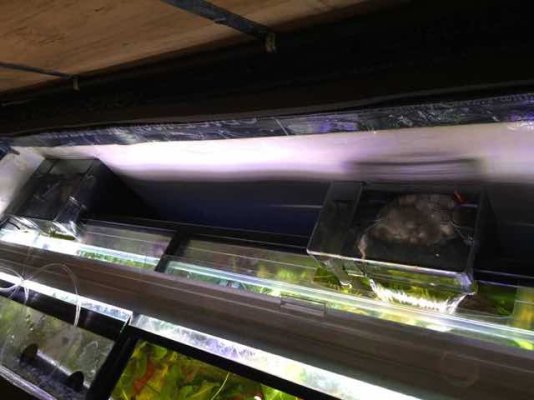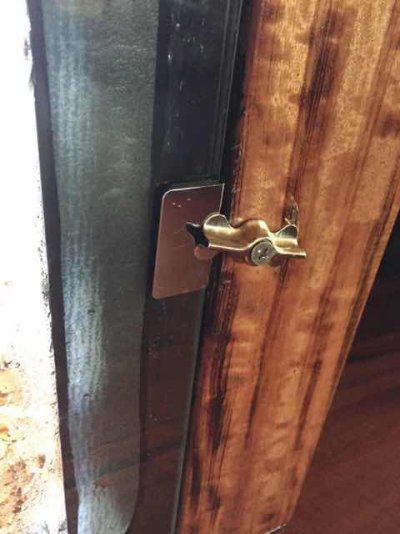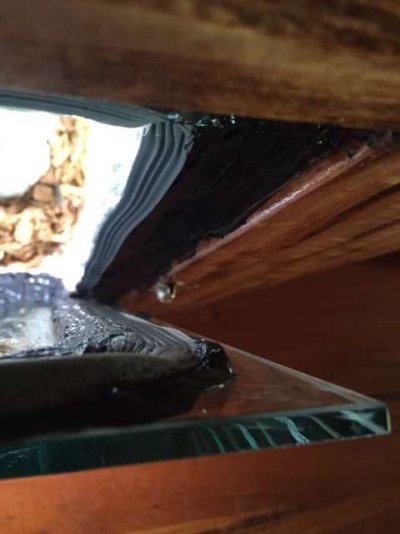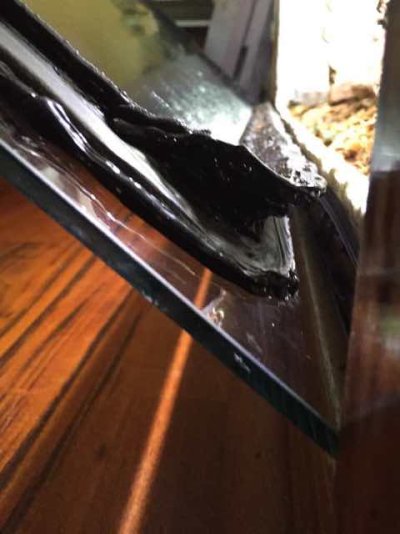Aqua Vivarious
Aquarium Advice Apprentice
I started out thinking I'd build a tank stand for a 55 gallon glass tank I bought at the dollar a gallon tank sale at a local Petco. I got going with the build and decided to add a second tank for a reptile vivarium. Gradually the project morphed into creating an ultra efficient bio-dome of sorts.
I figured that it might be of interest if I began with how I insulated the frame. Through trial and error, I learned quite a bit.
I started out by making this frame out of Tigerwood that I had left over from another home improvement project.
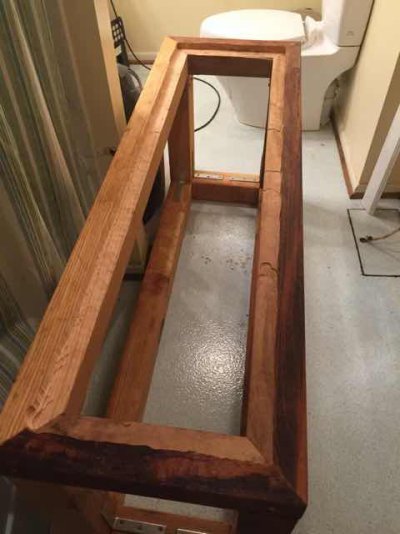
I added plywood for the tanks to lay on and attached rigid styrofoam and used spray foam to fill in along the edges, it makes for a strong adhesive. Here is a shot of the underside.
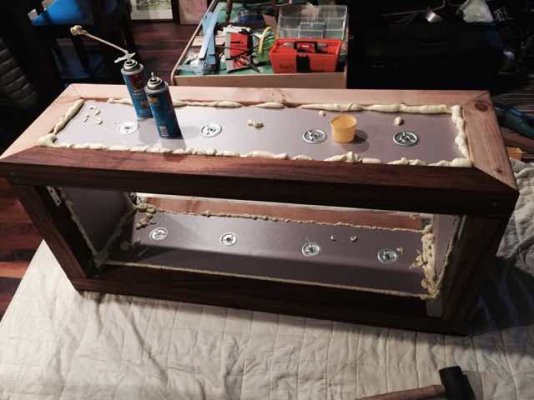
Then I framed out the back section and added 3.5 inch poli ISO insulation, giving the enclosure a 20.5 R rating.
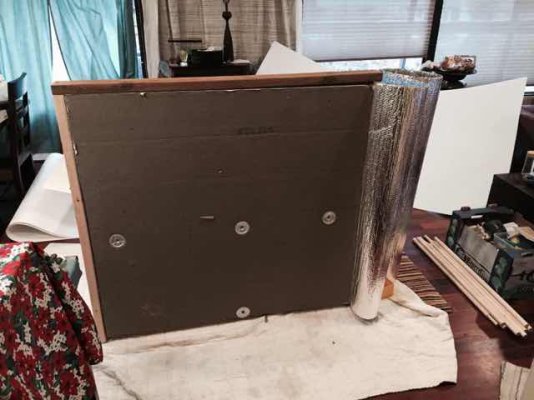
I also used bubble wrap where there would be an air cavity behind the tank, which reflects radiant heat back into the tank.
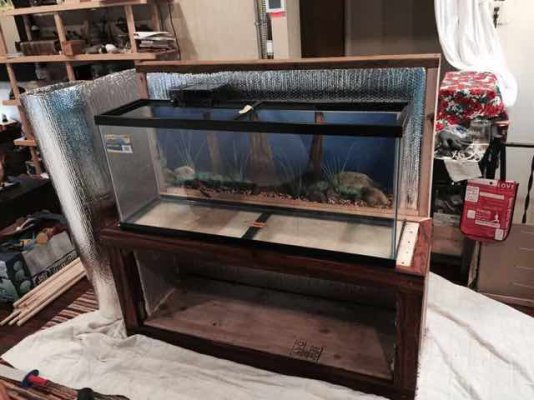
Then I began lining the inside with shower liner and siding the outside with Tigerwood flooring.
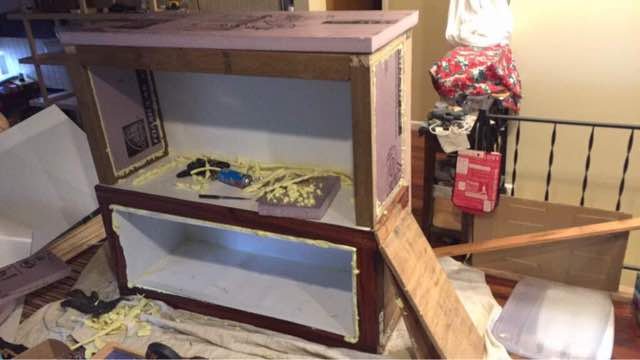
Sent from my iPhone using Aquarium Advice
I figured that it might be of interest if I began with how I insulated the frame. Through trial and error, I learned quite a bit.
I started out by making this frame out of Tigerwood that I had left over from another home improvement project.

I added plywood for the tanks to lay on and attached rigid styrofoam and used spray foam to fill in along the edges, it makes for a strong adhesive. Here is a shot of the underside.

Then I framed out the back section and added 3.5 inch poli ISO insulation, giving the enclosure a 20.5 R rating.

I also used bubble wrap where there would be an air cavity behind the tank, which reflects radiant heat back into the tank.

Then I began lining the inside with shower liner and siding the outside with Tigerwood flooring.

Sent from my iPhone using Aquarium Advice

